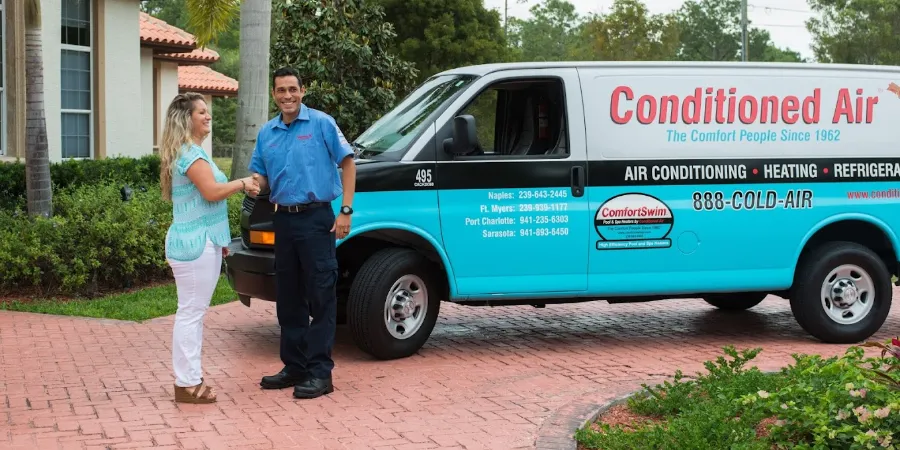
Conditioned Air: Understanding the Importance of Optimal Indoor Comfort
Introduction
In today’s fast-paced world, the significance of comfortable living and working spaces cannot be overstated. One crucial aspect that contributes to this comfort is conditioned air. Whether it’s in our homes, offices, or recreational areas, having a well-controlled indoor environment plays a vital role in enhancing our overall well-being and productivity. This article delves into the concept of conditioned air, exploring its importance, benefits, and how it can be achieved.
1. What is Conditioned Air?
Conditioned air refers to the process of regulating and controlling indoor air to maintain a comfortable and healthy environment. It involves the manipulation of temperature, humidity, air purity, and air circulation to create an optimal atmosphere for occupants.
2. The Components of Conditioned Air Systems
To achieve conditioned air, various components work together cohesively:
2.1. HVAC Systems
Heating, Ventilation, and Air Conditioning (HVAC) systems are the backbone of conditioned air. They provide the technology needed to control indoor temperature and humidity levels effectively.
2.2. Air Filters
Air filters are essential for maintaining indoor air quality by trapping dust, allergens, and pollutants, ensuring that the air circulated is clean and healthy.
2.3. Thermostats
Thermostats act as control centers, allowing users to set and regulate the desired indoor temperature.
2.4. Ductwork
Ductwork facilitates the distribution of conditioned air throughout the building, ensuring uniformity in temperature and air circulation.
3. The Importance of Conditioned Air
3.1. Health and Comfort
Properly conditioned air is conducive to good health and comfort. Extreme temperatures and humidity levels can adversely affect our well-being, leading to discomfort and health issues.
3.2. Enhanced Productivity
In work environments, conditioned air promotes productivity and concentration among employees. It helps reduce fatigue and keeps the mind sharp, leading to better performance.
3.3. Preservation of Assets
Conditioned air also plays a significant role in preserving assets, such as electronic equipment and perishable goods, which can be sensitive to temperature and humidity fluctuations.
4. Achieving Optimal Conditioned Air
4.1. Regular HVAC Maintenance
Regular maintenance of HVAC systems ensures that they function efficiently, providing consistent and reliable conditioned air.
4.2. Proper Air Filtration
Using high-quality air filters and replacing them regularly improves indoor air quality and promotes better health.
4.3. Sealing and Insulation
Properly sealing windows and doors and ensuring adequate insulation prevent conditioned air from escaping, increasing energy efficiency.
5. The Environmental Impact
5.1. Energy Consumption
Conditioned air systems can consume substantial energy, contributing to carbon emissions. Employing energy-efficient HVAC technologies can reduce this impact.
5.2. Refrigerants and Global Warming Potential
Some refrigerants used in air conditioning have high Global Warming Potential (GWP). Transitioning to eco-friendly refrigerants is vital to minimize environmental impact.
6. FAQs
Q1. Why is conditioned air important in healthcare facilities?
Conditioned air is crucial in healthcare settings to maintain sterile environments and prevent the spread of airborne diseases.
Q2. Can I install an HVAC system myself?
HVAC systems are complex and require professional installation to ensure optimal performance and safety.
Q3. How often should I change my air filters?
Air filters should be changed every three months or as recommended by the manufacturer.
Q4. Can conditioned air help with allergies?
Yes, conditioned air with proper air filtration can significantly reduce allergens and improve indoor air quality.
Q5. Is it necessary to have a programmable thermostat?
While not necessary, programmable thermostats offer energy-saving benefits and added convenience.
Conclusion
Conditioned air is more than just temperature control; it’s about creating an atmosphere that fosters well-being, productivity, and comfort. By understanding the components of conditioned air systems and adopting energy-efficient practices, we can achieve an optimal indoor environment. Prioritizing conditioned air is a step towards creating healthier and more sustainable living and working spaces.





0 comments
Write a comment